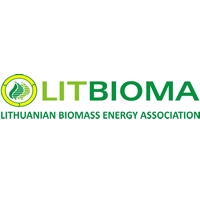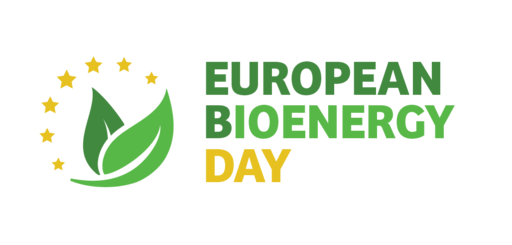Lithuania: 15 September 2023
From gas to biomass
Lithuania transitioned from Russian natural gas to biomass, reducing CO2 emissions by 70%. Biomass now fuels 75% of district heating and benefits households and industry. This shift cut costs, created jobs, and boosted the economy. The new Vilnius CHP plant will produce 90% of the city’s heat sustainably. Lithuania’s success in biomass energy is vital for green goals and energy independence, supported by organizations like LITBIOMA.
A story brought to you by:

Lithuania and its 3 million inhabitants were heavily dependent on natural gas imports from Russia. When, in 2014, Lithuania became a member of the EU, the country paid the highest price in the Union for imported gas — a price considered political. However, many local biomass resources have been (and remain) available.
From 2000 to 2022, the use of biomass in the district heating sector increased from nearly nothing (2%) to three-fourths (75%), mainly displacing imported gas. Currently, 75% of district heating is produced from biomass fuels, and around 80% of households and a third of industry use biomass fuels – this makes biomass a strategically important fuel as a local and renewable resource.
One of the main reasons for the growth of the Lithuanian bioenergy sector is its enormous renewable energy resources. Forests cover 2.205.100 ha (33,7%) of Lithuanian land. Healthy management of all that land generates lots of residual biomass that should be removed from the forest to minimize risks from pest outbreaks or fires and increase biodiversity.
The transition from imported gas to local biomass fuel has not only resulted in a cost reduction for consumers but also a 70% decrease in CO2 emissions. Moreover, approximately 10.000 people work for biomass technology, production, and supply companies; the average salary in this sector is about 1,5 times higher than the average salary in Lithuania. With an annual turnover over 400 million euros, this sector is truly thriving in Lithuania.
Cogeneration, where electricity production is combined with heat production to increase efficiency, is also becoming more widely used in Lithuania. Combined heat and power (CHP) plants are crucial to ensure lower CO2 gas emissions and a smooth decarbonization process in the country. A new CHP plant in Vilnius just began operation in the 2022-2023 heating season and will ensure that at least 90% of the heat in the Lithuanian capital Vilnius will be produced using sustainable biomass. The Vilnius CHP plant will produce around 40% of the capital’s district heating and will reduce heating cost for the capital’s residents and the amount of waste disposed of in landfills. The plant’s opening marks a new milestone in Lithuania’s energy sector.
In Lithuania, bioenergy is supported by the Lithuanian Biomass Energy Association (LITBIOMA) which has initiated several research studies on biomass potential in Lithuania. In 2014, it founded the Scientific and Technical Council with the goal of forming a long-term strategy and solving important questions demanding scientific research and knowledge. LITBIOMA is also the National Licenser of ENplus® wood pellet quality certification scheme and National Partner of Sustainable Resources Verification Scheme (SURE) ensuring that the biomass used for bioenergy in Lithuania is both high-quality and sustainable. The success story of Lithuania shows that biomass energy is both crucial to the country’s green ambition and its energy independence.
About the campaign
The European Bioenergy Day campaign is powered by Bioenergy Europe and relayed across Europe by both national and international partners supporting the view that bioenergy is more than a renewable energy source, it is also a reliable path that will lead Europe to achieve its renewable energy transition.
European Bioenergy Day on Social Media
